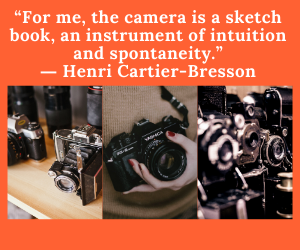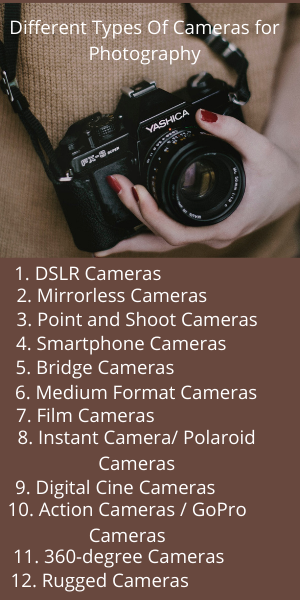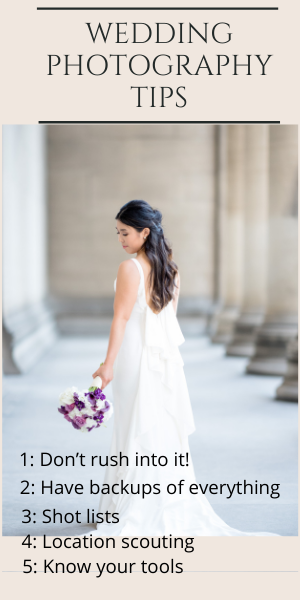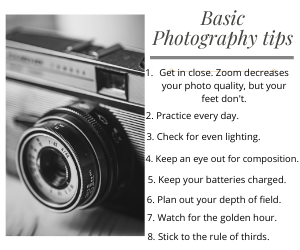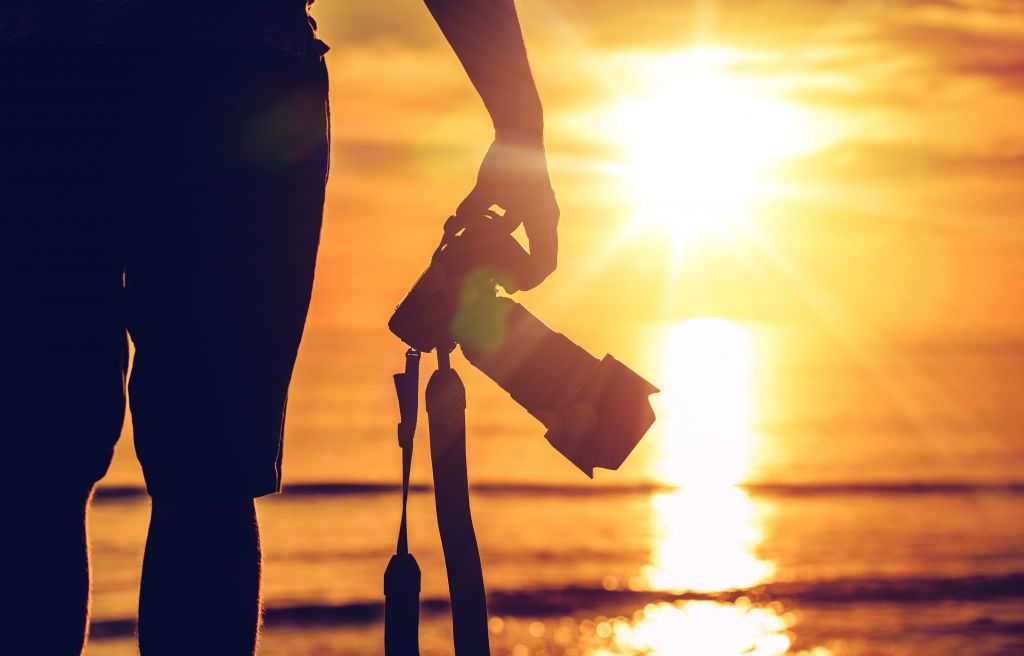
Best Time to Take Photos Outside: Capture the Perfect Shot!
Whether you’re a seasoned pro or just love snapping pics with your smartphone, you know that lighting is everything when it comes to capturing stunning outdoor photos. But have you ever wondered when is the best time to take photos outside? Well, you’re in luck because in this article, we’re going to dive deep into the magical world of outdoor photography and explore the different times of day and various weather conditions that can make your outdoor shots truly spectacular.
So, grab your camera or smartphone and get ready to learn about the best times to take photos outside, as well as some handy tips and tricks to make your outdoor photography adventures a success!
The Golden Hour: Morning Glory and Evening Magic
Let’s kick things off with one of the most well-known and cherished times for outdoor photography: the Golden Hour. This magical time occurs twice a day, during the early morning and late evening. During these hours, the sun is low on the horizon, casting a warm, soft, and golden light that can transform your photos into works of art.
Morning Glory
- Rise and Shine: Early morning is a fantastic time to capture the world as it wakes up. The soft, diffused light of the rising sun creates beautiful, long shadows and a gentle glow that can add a touch of magic to your shots.
- Fewer Crowds: If you’re shooting in a popular outdoor location, getting up early can also help you avoid crowds, giving you more space and freedom to compose your shots without distractions.
- Crisp Air: The morning air is often cooler and crisper, which can lead to sharper and more vivid images. Plus, you’ll have that extra burst of energy from the fresh air to fuel your creativity!
- Unique Atmosphere: The early morning often has a serene and tranquil atmosphere, which can add a unique mood to your photos. It’s the perfect time to capture the world in a quiet and contemplative state.
Evening Magic
- Soft and Warm: Just like in the morning, the evening sun provides a soft and warm light that’s incredibly flattering. The long shadows and rich colors make for stunning compositions.
- Golden Moments: The evening Golden Hour can also provide some breathtaking opportunities for capturing magical moments, such as sunsets. The sky can transform into a canvas of vibrant colors, creating a dreamy backdrop for your photos.
- City Lights: If you’re in an urban setting, the evening Golden Hour is when city lights start to twinkle. This combination of natural and artificial light can result in some truly captivating cityscape shots.
The Blue Hour: Before Sunrise and After Sunset
If you’re looking for a different kind of magic, consider the Blue Hour. This enchanting time occurs just before sunrise and after sunset, and it’s named for the deep blue hues that dominate the sky. The Blue Hour offers a unique and ethereal lighting scenario that can add a touch of mystery and drama to your outdoor photos.
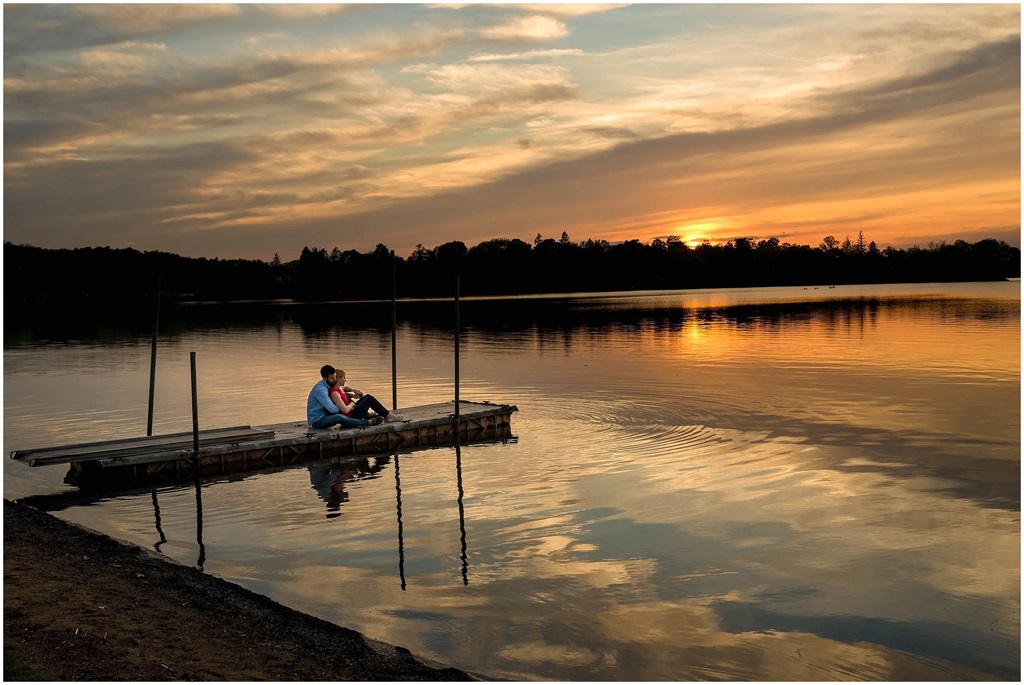
Before Sunrise
- Deep Blue Tones: Before the sun rises, the sky takes on a deep blue color, creating a serene and moody atmosphere. This time is perfect for capturing landscapes, cityscapes, and even portraits with a dramatic twist.
- Starry Delights: If you’re an astrophotography enthusiast, the period just before sunrise is when the stars are still visible. Combining the twinkling stars with the soft blue light can result in truly mesmerizing images.
After Sunset
- Cityscape Charm: Just after sunset, the city lights start to come alive, and you can capture the transition from day to night. The contrast between the fading daylight and the emerging artificial lights can be visually captivating.
- Romantic Glow: The soft, post-sunset light is also ideal for capturing romantic and intimate moments. Whether it’s a couple strolling hand in hand or a cozy cafe scene, the Blue Hour adds a touch of enchantment.
- Long Exposures: If you’re into long exposure photography, the Blue Hour offers the perfect balance of natural and artificial light for creating smooth, dreamy effects in your shots.
Overcast Days: Soft and Even Lighting
While sunny days are often preferred for outdoor activities, overcast days can be a blessing in disguise for photographers. When the sky is covered with clouds, the light becomes soft and diffused, which can make your subjects appear evenly lit and reduce harsh shadows. This type of lighting is especially advantageous for portrait photography, as it minimizes the need for additional lighting equipment like reflectors or diffusers.
- Moody Atmosphere: Overcast skies can create a moody and atmospheric backdrop for your photos. This can be particularly appealing for capturing dramatic landscapes or urban scenes.
- Vibrant Colors: The soft lighting of an overcast day can make colors appear more vibrant and saturated. This can add a pop of life to your images, especially when photographing flowers, foliage, or architecture.
- Flexibility: Overcast days offer flexibility in terms of shooting locations and times. You can take photos throughout the day without worrying about harsh midday sun or strong shadows.
The Midday Challenge: Dealing with Harsh Sunlight
While we’ve been singing the praises of early morning, evening, and overcast conditions, there may be times when you find yourself shooting photos in the middle of the day under harsh sunlight. Don’t worry; it’s not impossible to capture great outdoor shots during this time. You just need to adapt and overcome some challenges.
- Use Shadows to Your Advantage: Look for natural sources of shade, like trees or buildings, to create softer, more flattering lighting for your subjects. Shadows can add depth and dimension to your photos.
- Employ Reflectors and Diffusers: If you have access to photography equipment, reflectors and diffusers can help you manipulate harsh sunlight. Reflectors bounce light onto your subject, while diffusers soften and spread the light.
- Embrace High Contrast: Sometimes, the harsh midday sun can create striking high-contrast images. Experiment with silhouettes, strong shadows, and bold compositions to make the most of the intense light.
- Shoot Indoors or in Shaded Areas: If the outdoor conditions are just too harsh, consider moving indoors or finding shaded spots to shoot. This can provide a more controlled and comfortable environment for your subjects.
Seasonal Wonders: Embracing the Changing Light
Each season brings its own unique lighting conditions, which can drastically affect the mood and atmosphere of your outdoor photography. Let’s take a closer look at how different seasons can influence your photography:
- Spring: Spring is all about renewal and growth. The soft, gentle light of this season is perfect for capturing the vibrant colors of blooming flowers and fresh foliage. The world awakens, and you can document the beauty of new life.
- Summer: Summer is characterized by long, sunny days. The abundance of natural light allows for extended shooting hours, but you’ll need to be mindful of harsh midday sun. Summer is great for capturing outdoor activities, beach scenes, and lively festivals.
- Fall: Autumn brings a rich tapestry of warm, earthy tones. The lower angle of the sun casts a soft, golden light that enhances the beauty of changing leaves. It’s an excellent time for capturing the cozy feeling of fall and the splendor of foliage.
- Winter: Winter offers a unique and serene atmosphere. The cool, crisp air can lead to sharp and clear images. Snow-covered landscapes and holiday lights provide plenty of opportunities for breathtaking photos.
- Seasonal Transitions: Don’t forget to explore the transitional periods between seasons. These times can offer a blend of characteristics from both seasons, creating visually intriguing landscapes.
Weathering the Elements: Rain and Fog

Sometimes, the weather doesn’t cooperate with your photography plans, but that doesn’t mean you should pack up your camera and call it a day. Rain and fog can provide unexpected and stunning opportunities for creative outdoor photography.
Rainy Days
- Reflections: Rain creates puddles and wet surfaces, which can be used to capture beautiful reflections of your subjects. The glistening streets can add a touch of magic to urban photography.
- Dramatic Atmosphere: Rain can lend a moody and dramatic atmosphere to your photos. The wet conditions can enhance the colors and textures of your subjects, making them stand out.
- Protect Your Gear: If you’re planning to shoot in the rain, make sure to protect your camera with a rain cover or an umbrella. It’s essential to keep your equipment dry.
Foggy Mystique
- Ethereal Landscapes: Fog can shroud your surroundings in mystery and create ethereal landscapes. Elements like trees or buildings emerging from the fog can make for captivating compositions.
- Soft Lighting: Fog diffuses light, creating soft and even illumination. This makes it ideal for portraits and close-up shots, as it minimizes harsh shadows and adds a dreamy quality.
- Safety First: When shooting in foggy conditions, be cautious of your surroundings and potential hazards, especially if you’re near roads or bodies of water.
Conclusion
So there you have it, folks! The best time to take photos outside varies depending on your desired mood, subject, and the lighting conditions you want to work with. Whether you prefer the magical Golden Hour, the ethereal Blue Hour, or you’re up for the challenge of shooting in different weather conditions, outdoor photography offers endless opportunities for creativity and expression.
Remember, the key to improving your outdoor photography skills is practice. Experiment with different times of day, seasons, and weather conditions to discover your unique style and preferences. And most importantly, have fun capturing the beauty of the world around you through your lens!
So, get out there and start clicking away. Your next breathtaking outdoor shot could be just around the corner, waiting to be captured in all its glory. Happy shooting!
Frequently Asked Questions (FAQs)
-
Can I take good outdoor photos with just my smartphone, or do I need a professional camera?
- You can absolutely take fantastic outdoor photos with just your smartphone! Modern smartphone cameras are equipped with advanced features and software that allow you to capture stunning images. While professional cameras offer more control and versatility, a smartphone can be a great starting point for outdoor photography.
-
How can I make the most of the Golden Hour for my outdoor photography?
- To make the most of the Golden Hour, plan your shoots during early morning or late evening. Arrive at your location a bit early to scout for the best compositions. Experiment with different angles and perspectives, and don’t forget to capture the beautiful warm light that defines this magical time.
-
What settings should I use on my camera during the Blue Hour?
- During the Blue Hour, it’s essential to use a stable support for your camera, such as a tripod, to avoid camera shake. Set your camera to a low ISO to reduce noise, use a wide aperture for a shallow depth of field if desired, and choose a slow shutter speed to capture the soft, dreamy effect of the Blue Hour.
-
How can I protect my camera in adverse weather conditions, like rain?
- To protect your camera from rain, invest in a rain cover or use an umbrella to shield it from moisture. Additionally, consider using a waterproof camera bag or carrying a dry cloth to wipe your camera down if it gets wet. Always prioritize the safety of your equipment.
-
What’s the secret to capturing great photos in the snow during winter?
- When shooting in snowy conditions, be mindful of exposure settings. Snow can fool your camera’s light meter, making your photos look too dark. Overexpose slightly to maintain the brightness of the snow. Also, dress warmly, keep your camera batteries warm, and use a lens hood to prevent snowflakes from landing on your lens.
